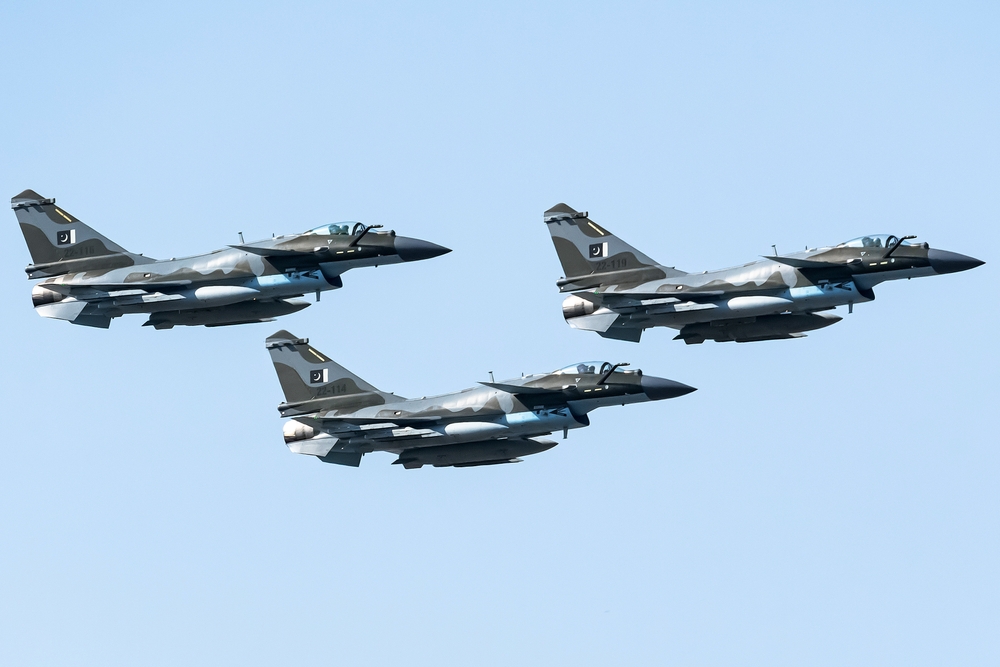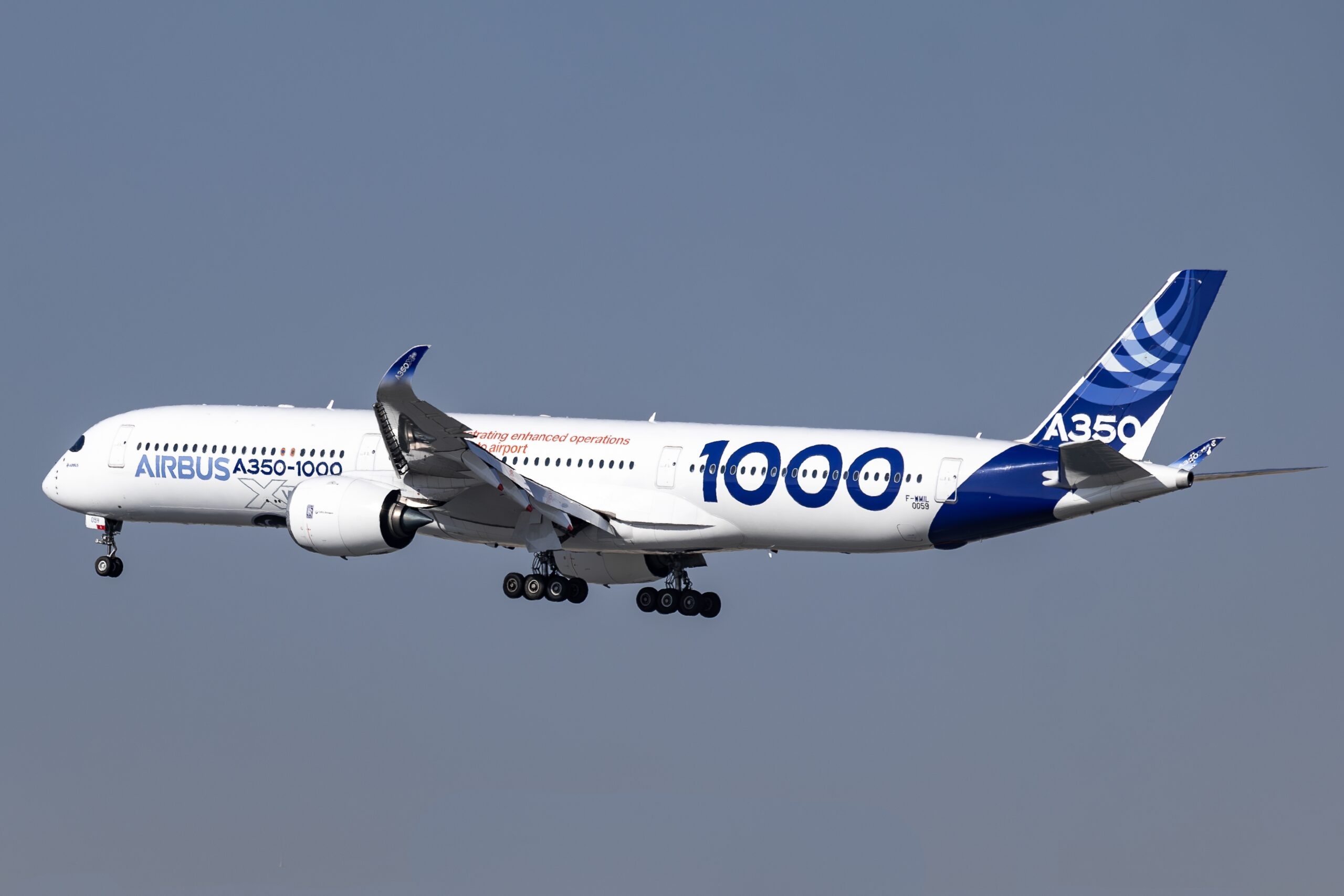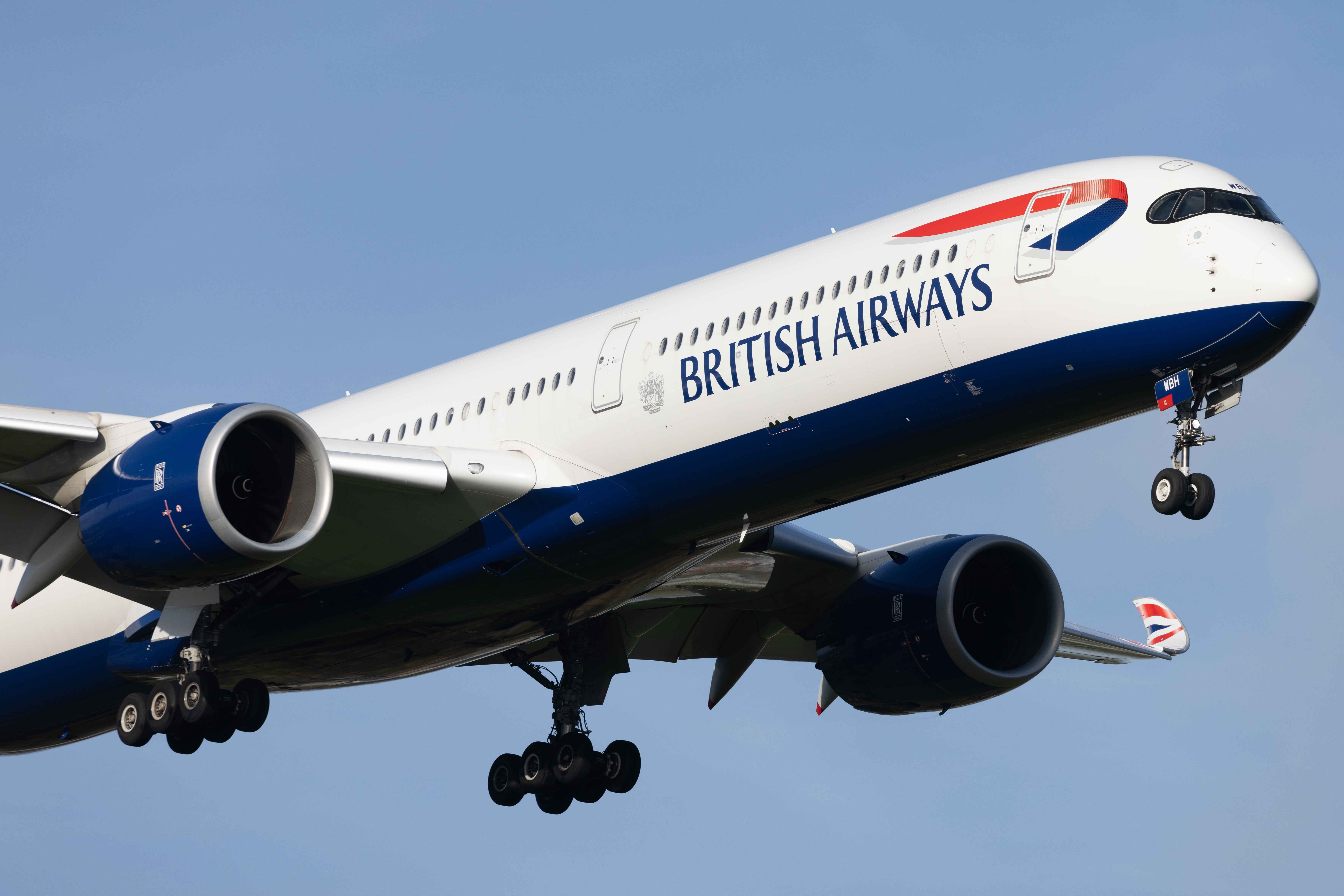Chengdu J-10 is China’s advanced multirole fighter, combining speed, agility, and cutting-edge avionics. Explore its firepower, technology, and global impact.
Table of Contents
Understanding the Chengdu J-10: China’s Multirole Fighter Jet

The Chengdu J-10 is an integral component of China’s air force. Known as “Vigorous Dragon” in Chinese, it plays a crucial role in modern military aviation. Designed and manufactured by the Chengdu Aircraft Industry Group, the J-10 project was greenlit by the Chinese government in the mid-1980s. The primary objective was to develop a modern, agile fighter to replace older aircraft, strengthening China’s air capabilities.
Development and Background
The development of the J-10 began during a time when China sought to modernize its military forces. Influences from Western designs are evident, notably the Israeli Lavi project. China’s ambition was to create an aircraft with enhanced maneuverability, versatility, and firepower.
The initial design faced challenges related to technology limitations. Overcoming these hurdles involved substantial investment in research. It required collaboration with international partners to assimilate advanced aerodynamics and avionics. The maiden flight took place in 1998, and it entered operational service with the People’s Liberation Army Air Force (PLAAF) in the early 2000s.
Design and Features
The J-10 features a canard-delta configuration. This design choice enhances aerodynamic stability and maneuverability. It is equipped with digital fly-by-wire controls, allowing for precision flight maneuvers. Such attributes are integral to its role as both a fighter and attack aircraft.
A key aspect of the J-10’s design is its ability to perform various roles. Its multirole capability allows it to conduct air-to-air combat, ground attack missions, and incorporate reconnaissance functions. This adaptability makes it a versatile asset for the PLAAF.
Engine and Performance
The J-10 is powered by a single engine. Initially, it utilized Russian-supplied engines, specifically the AL-31FN turbofan. Efforts to develop an indigenous engine, the WS-10, are ongoing. This engine exemplifies China’s push for self-reliance in critical military technology.
The performance metrics of the J-10 reflect its design focus. It boasts a top speed exceeding Mach 2, with a combat radius extending over 550 kilometers. Its operational ceiling allows it to engage enemy aircraft effectively at altitudes exceeding 18,000 meters.
Weapons and Armament
The J-10 employs a diverse selection of weaponry. It is equipped with a 23mm internal cannon for close-range engagements. For longer-range combat, it can deploy a variety of air-to-air missiles, including the advanced PL-12 active radar-guided missile.
Ground attack capabilities are supported by precision-guided munitions and unguided bombs. Its weapon stations can carry anti-ship missiles, expanding its utility in maritime scenarios. This assortment enables the J-10 to fulfill different combat objectives efficiently.
Avionics and Radar Systems
The J-10 incorporates advanced avionics that enhance pilot situational awareness. Its radar system, capable of tracking multiple targets, signifies a leap in Chinese aircraft technology. Continuous updates in radar technology improve detection ranges and targeting capabilities.
Additional avionics include HUD (heads-up display) systems, secure communication links, and countermeasure suites for electronic warfare. These aid in maintaining the aircraft’s effectiveness in high-threat environments.
Operational History and Variants
Since its induction, the J-10 has seen several upgrades. The original J-10A model has evolved into more advanced variants. Noteworthy is the J-10B, which introduced improved radar systems and reduced radar cross-section features for stealthier profiles.
The J-10C variant brought a significant leap forward. It incorporates AESA (Active Electronically Scanned Array) radar, superior electronic warfare systems, and improved engines. This version underscored China’s commitment to keeping pace with global aviation advancements.
Comparisons and Strategic Importance
The J-10 is often compared to Western fighters like the F-16. While similar in multirole functions, each aircraft reflects its country’s technological philosophies and military needs. The J-10 is a symbol of China’s indigenous aircraft development capabilities.
Strategically, the J-10 enhances regional power dynamics. It ensures China has a robust response to aerial threats. As regional tensions demand preparedness, the J-10 forms a crucial element in projecting aerial dominance.
Global Influence and Export Potential
While the J-10 primarily serves the PLAAF, it has sparked interest internationally. China’s willingness to export the aircraft indicates an ambition to influence global military aviation. Countries seeking cost-effective, versatile fighters look at the J-10 proposition.
Exporting advanced fighters remains a strategic tool for China. It strengthens military ties and extends its geopolitical influence. The J-10’s presence in foreign hangars could signify deeper military collaborations with China.
Challenges and Future Prospects
One ongoing challenge is engine development. The reliance on foreign engines highlights the need for domestic solutions. Progress in indigenous engines will bolster the J-10’s appeal and operational efficiency.
Future developments may evolve with technological innovations. Artificial intelligence, autonomous features, and improved stealth capabilities are potential areas for enhancement. These advancements could redefine the next generation of J-10 aircraft.
Understanding the Chengdu J-10 helps in appreciating its strategic role and technological innovations within China’s military aviation sphere. The aircraft reflects both challenges and aspirations at the forefront of China’s quest for modern military capabilities.






